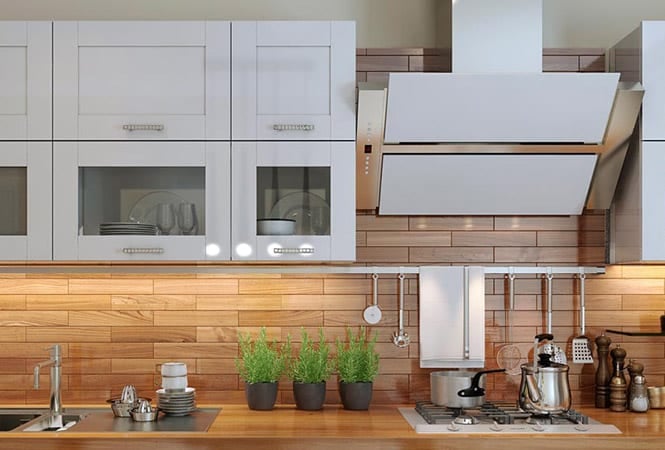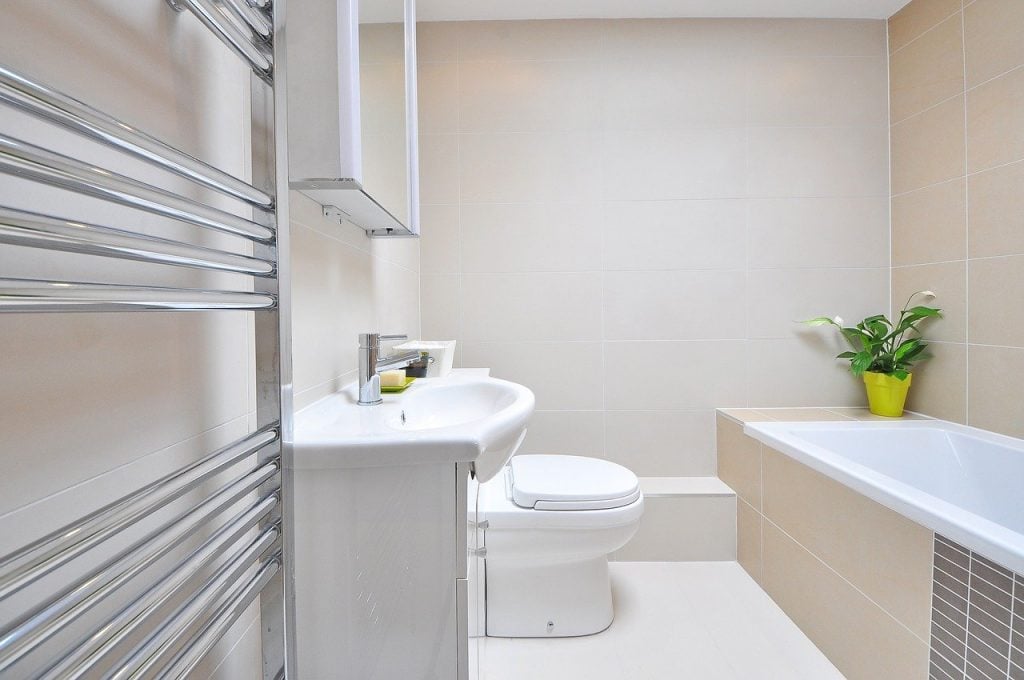Are you spending more time in your home than you ever have?
Have you discovered that sounds that used to be mildly annoying are now driving you crazy?
If so, perhaps the situation has led you to find the answers to life-altering questions like… what is a sone? How many sones does a quiet fan have? How do I make the best Mac and cheese?
And while I can’t help you with the latter, I’m here to share my extensive research on the first two.
Read on to learn everything about fan noise science!
What is a Sone?
Simply put, a Sone is a unit by which loudness is measured. However, since each person perceives loudness individually, Sones are subjective. A single sone is said to be equivalent to the near-silent hum of a quiet refrigerator. Kitchen and bathroom fans are measured in sones.

Why Should You Care About Sones?
Head into your kitchen or bathroom and turn on the fan. Chances are the fan is obnoxiously loud.
Perhaps you’ve been doing more cooking than normal now that so many online recipes are available.

If you have a range hood that sounds like a jet is landing in your kitchen, there’s a good chance you will avoid using it – even though the appliance is there for a reason and should be used when necessary.
The same can be said for bathroom fans. You might want to relax in a nice hot bath at the end of your all-work-no-fun day. But the fan is so loud you need to crank up your music.
In both situations, you could decide not to use the fan. But fans are a vital part of your home’s ventilation systems.
Exhaust Fans Are Essential for Indoor Air Quality

From what I’ve seen, newer construction homes have better insulation and airtight seals that prevent air movement and make ventilation even more important. Since moisture can lead to mold, removing excess moisture is imperative to preserve indoor air quality.
Here’s the kicker, though. Now that many of us are spending more time at home than ever, air quality is even more important than it was before. So if your fans are so loud you aren’t using them, something must change.
Sones vs Decibels
Most of us have heard of decibels, but this may be your first time hearing of Sones. So what’s the difference?
Here is a table that compares sones to decibels (dBA).
| dBA | 28 | 37.99 | 43.84 | 47.99 | 53.83 | 57.98 | 62.57 | 67.98 | 72.57 | 77.97 |
| Sones | 1 | 2 | 3 | 4 | 6 | 8 | 11 | 16 | 22 | 32 |
The above numbers might not mean much to you, so I’ll help you understand them better.
Take a dishwasher, for example, to base the numbers above on something more familiar. Many entry-level dishwashers tend to operate in the 60-decibel or 10-sone area. And, the 32 sones mentioned in the chart above are equivalent to a vacuum cleaner’s sound from 3 feet away.
How Loud Is a Sone?
| # of Sones | Equivalent Sound |
| 1 | The hum of a quiet refrigerator |
| 2 | A quiet office |
| 3 | A radio or TV playing a comfortable level |
| 4 | Normal conversation |
| 5 | Normal conversations with additional noise in the background |
| 6 | The crowd in a quiet restaurant |
| 7 | The sound produced by light traffic |
| 8 | The sound produced by heavy traffic |
Note that these aren’t sounds you hear in the distance. When traffic sounds are mentioned, it assumes you’re in the midst of it, not far away.
In my experience, no matter what kind of fan you’re looking to replace, whether it’s an exhaust fan or a fan used to cool your space, the above chart will give you a good idea of what Sone level to look for, as well as what you absolutely want to avoid.
How Many Sones Does a Quiet Fan Have?
By now, you should understand what a Sone is and why it is important to understand them when it comes to fans.

Purchasing and installing a range hood or bathroom fan that is so loud you won’t use it is a bad idea, and so is keeping one you don’t use for the same reason. As I’ve detailed above, exhaust fans are critical to the overall air quality of your home.
Note that you won’t find a range hood that’s as quiet as a bathroom fan, as I’ve found that range hoods need to move far more air than a bathroom fan, which makes them louder to operate.
The lowest rating you’ll find on a range hood is typically around 4 Sones, which, as the table above shows, is in the normal conversation range. If you tend to hold conversations in the kitchen while cooking, keep the Sone levels in mind – you don’t want to have to yell over your fan.
Also, remember that the lowest Sone ratings are for when the fan is running at its lowest speed. At the highest speed, you can expect the sound to be in the 7 Sone area.
Bathroom fans can be found with ratings of less than 1 Sone. Of course, if you prefer a loud bathroom fan, they can be found as well.
The Importance of Sones
Since there’s a good chance you need a new fan if you’re here, understanding what a Sone is and how many to look for in a quiet fan is important.
Research done by the Canadian Mortgage and Housing Corp (CMHC) found that many homes have kitchen or bathroom fans that:
- Are far too loud.
- Don’t move enough air.
- Aren’t energy-efficient.
- Can cause back drafting of combustion appliances.
- Use high-wattage light bulbs.
If you’re facing just a few of the issues above, you need a new fan.
Remember, a quiet range hood will be rated at about 4 Sones, and very quiet bathroom fans can be found at less than a Sone.
Thanks for reading. If this article was useful and answered your questions, please check out our other resources below and consider subscribing to our newsletter.
Have a great day!
-Craig.







